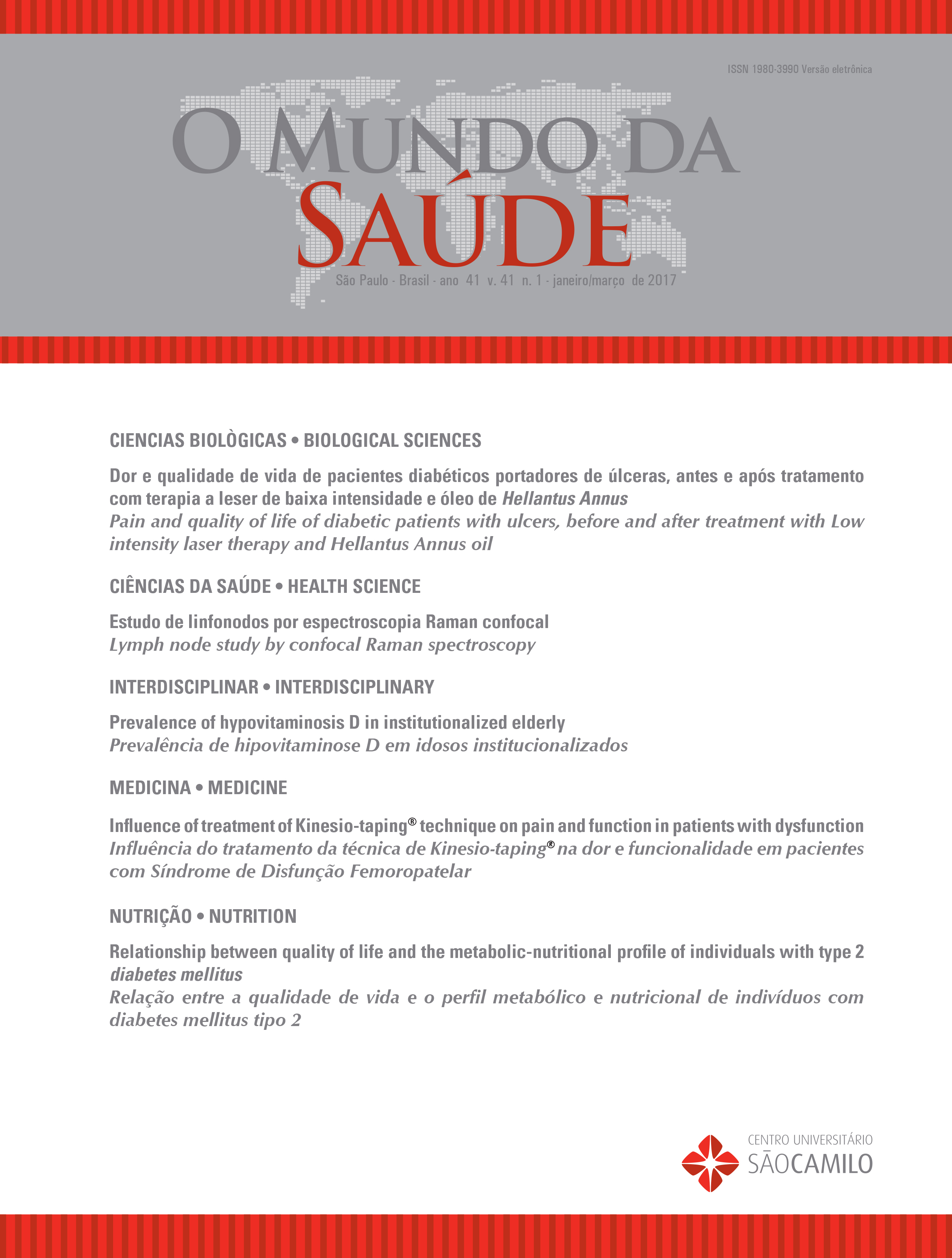Potential drug interactions in outpatients
DOI:
https://doi.org/10.15343/0104-7809.20174101107115Keywords:
Drug utilization, Drug interactions, Patient safetyAbstract
Drug interactions may lead to unsatisfactory results in treatment or even death. The objective of this study was to
evaluate the potential drug interactions between drugs in a population attended by Pharmacotherapy Monitoring
Service (PMS). A total of 37 patients, of both genders, attended by the PMS of a Multiprofessional Rehabilitation Center
of São Paulo, between September and December 2015, were evaluated. The study was observational, descriptive and
prospective (CEP Nº 1166812). Collected variables: patient’s origin, age, gender, education, diagnosed diseases, and
medications used. The diseases, drug interactions, and drugs used were all evaluated. Of the 37 patients (age 2-83
years), 70.3% were female and 67.5% elderly. 58 diseases (4.7 / patient) were identified, the most frequent was systemic
arterial hypertension (86.5%). 307 identified drugs were in use, corresponding to 70 drugs classified into 13 ATC groups.
One-third of patients presented polypharmacy. The most commonly used drug was simvastatin (54.1%). Regarding the
severity of interactions: 16.8% low severity, 76.6% moderate severity and 6.6% high severity. The potential interaction
of moderate severity between simvastatin and omeprazole was the most frequent, whose main consequences are
hepatotoxicity and muscle damage. It is noteworthy that nine patients used omeprazole without a valid indication. It
was possible to identify the occurrence of potential drug interactions between drugs of high and moderate severity
confirming the need for pharmacotherapeutic monitoring. However, the lack of a rapid and effective communication
system makes it difficult to carry out the necessary pharmaceutical interventions in prescriptions.






























